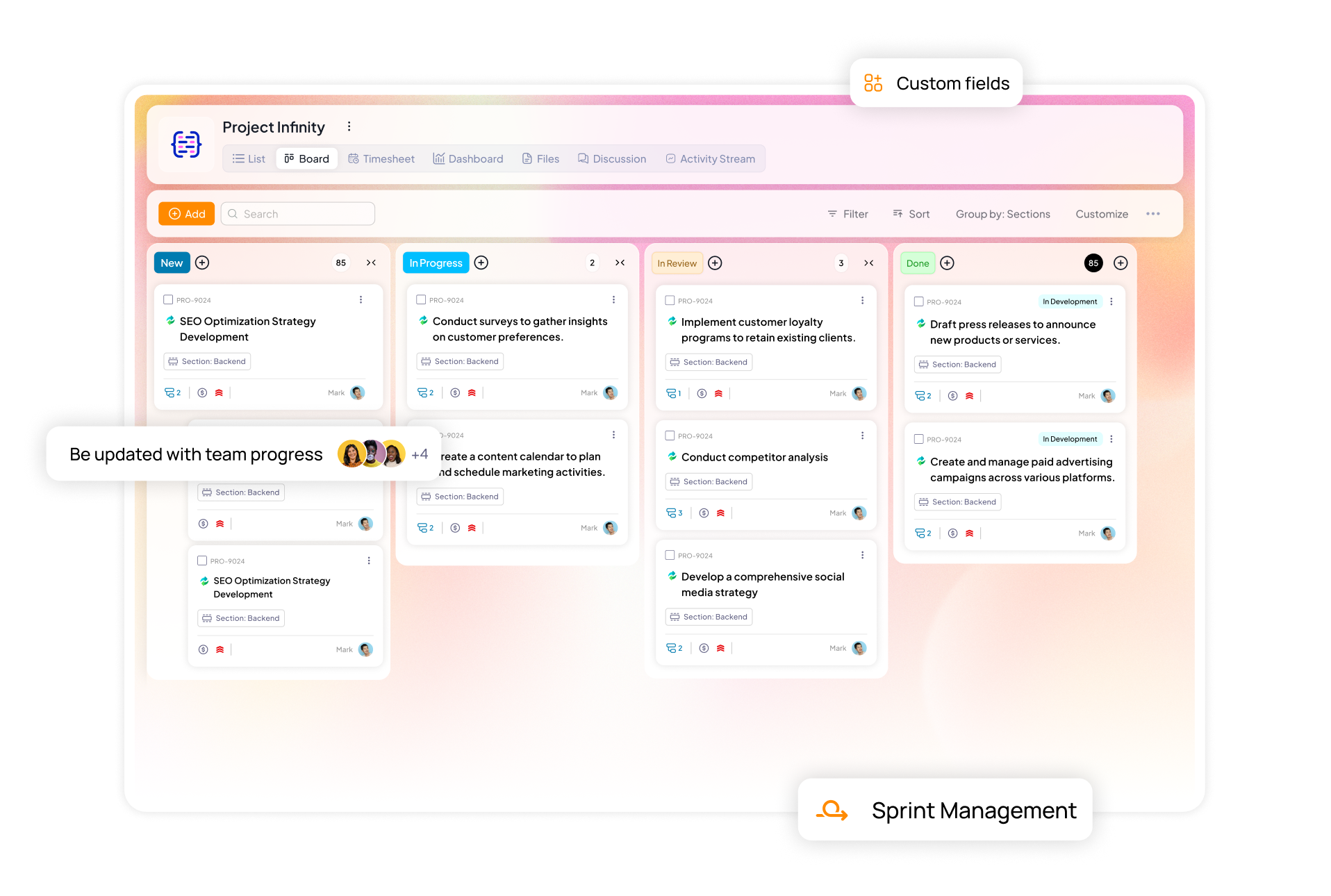We have all been there, passively listening to our colleague take over a meeting in a completely different direction.
Bored out of our minds, thinking about dinner while we nod and smile at the long-winded lectures that have been going on for what seems like an eternity now. But it has only been 14 minutes into an hour-long meeting.
Is there a way to prevent this? A way to make run a productive meeting? Yes, there is. Now that many of us work remotely, it is increasingly essential to cap the quality and the quantity of meetings we have.
This blog will talk about why meetings are still important and how you can make the meetings you do have, truly productive. Let’s get into it.
Why Have a Meeting in the First Place?
Despite how pointless they seem, if done correctly, they can be the biggest chance you can leverage to ensure your organization thrives.
That’s right, who knew?
Let’s look at it this way. Humans are social creatures. They like to form social bonds and make many decisions considering the perspectives of those they trust.
So, a meeting allows humans in your company to form associations and attachments with their team and your organization.
A lack of meetings will place your teams in individual silos and reduce communication. This may take them off-track from the organization’s goal.
A well-organized meeting can prevent this, form a culture of collaboration, and help teams find new perspectives.
4 fundamental functions a meeting performs are:
- Gives individuals and teams a chance to revise, add and update to an ongoing process.
- Provides a collective sense of identity to a group of people
- Helps people understand their individual and collective aim in the organization
- Supports individual people to identify their contribution to a collective cause
5 Best Practices for Your Meetings
Now that we know how important meetings are, we will talk about 5 best practices that can make your meeting go from 0 to 100 real quick.
1. Clearly Define the Why
A vague title and no real agenda for the meeting can waste a lot of time and lead to nothing productive. People may come in confused and be equally confused throughout. This wastes time, disrupts morale, and adds nothing to the company’s end goal.
Instead, set a clear agenda and circulate it to your team beforehand. Let them know what the meeting is about, why their presence is required, and if they need to participate or just observe.
Pro tip: Prepare a small document with the meeting agenda, required attendees, and how critical their participation is. Give them a chance to prepare for what they want to say.
2. Set Some Ground Rules
Create a template with all the information, such as etiquette to keep in mind, and what the goal of the meeting is, i.e., a discussion or just passing down information.
Is there an FAQ round at the end of the meeting? Is participation mandatory? Answer all these questions in the document.
With some communication guidelines in place, every Tom or Harry in your workplace will not interrupt the flow of your meeting.
Pro tip: Create a separate section on your whiteboard where you can write down important points that may be off-topic or not urgent. This will prevent the meeting from straying away from the agenda and still make your team feel heard. Schedule a follow-up meeting to discuss important points raised.
3. Experiment and Try New Formats
Why does your 1:1 need to be in a small cabin or your large conference room? Experiment with concepts with walking meetings, on-the-floor scrums, or asynchronous meetings like Loom recordings. See which format works for our team and have fun with it.
4. Give Your Team Time to Think
In most cases, your team does not need to provide immediate follow-up. Allow your team some bandwidth to take in the points discussed in the meeting and meditate on them. Immediate inputs are not as productive as they seem.
Your team will often say the first thing that comes to their mind under the pressure of saying something.
5. Encourage Comfortable Silence
Create comfortable opportunities for silence for your team during the meeting. After you say something important, pause for 2 minutes and then ask your team if they have any thoughts about the same.
They will be more likely to respond in such cases after they have processed the information.
Pro tip: Encourage your team to write down their thoughts on pen and paper during these scheduled silences and share them in the chat at the end of the meeting. You may find some great ideas and perspectives there.
Wrapping Up
Meetings can be a launchpad for collaboration, not a productivity pitstop. By following these tips, you’ve transformed meetings from time-sucking tasks into an engine that takes your company’s goal forward.
Remember, happy attendees lead to productive meetings. So, consider incorporating quick polls or fun energizers to keep everyone engaged. With a bit of creativity, you can turn meetings into something your team actually looks forward to.






